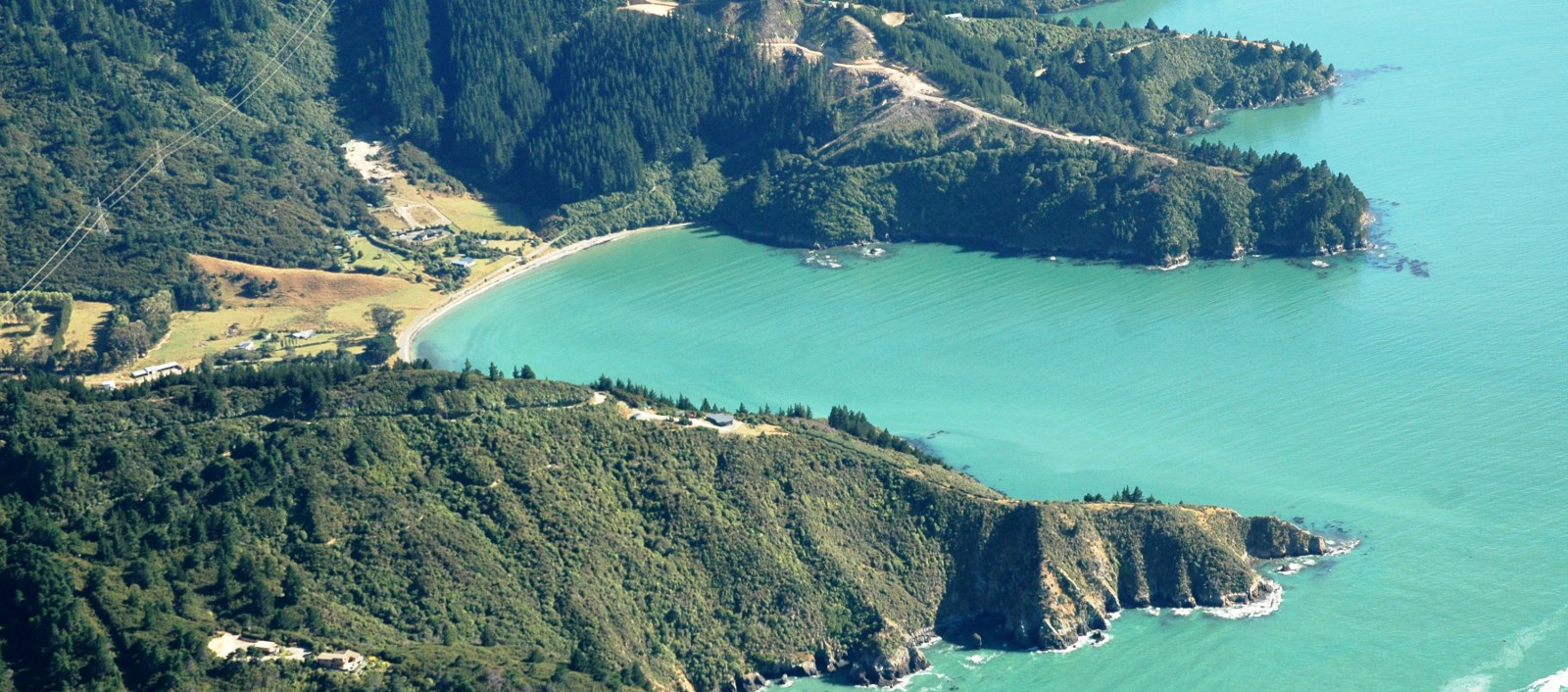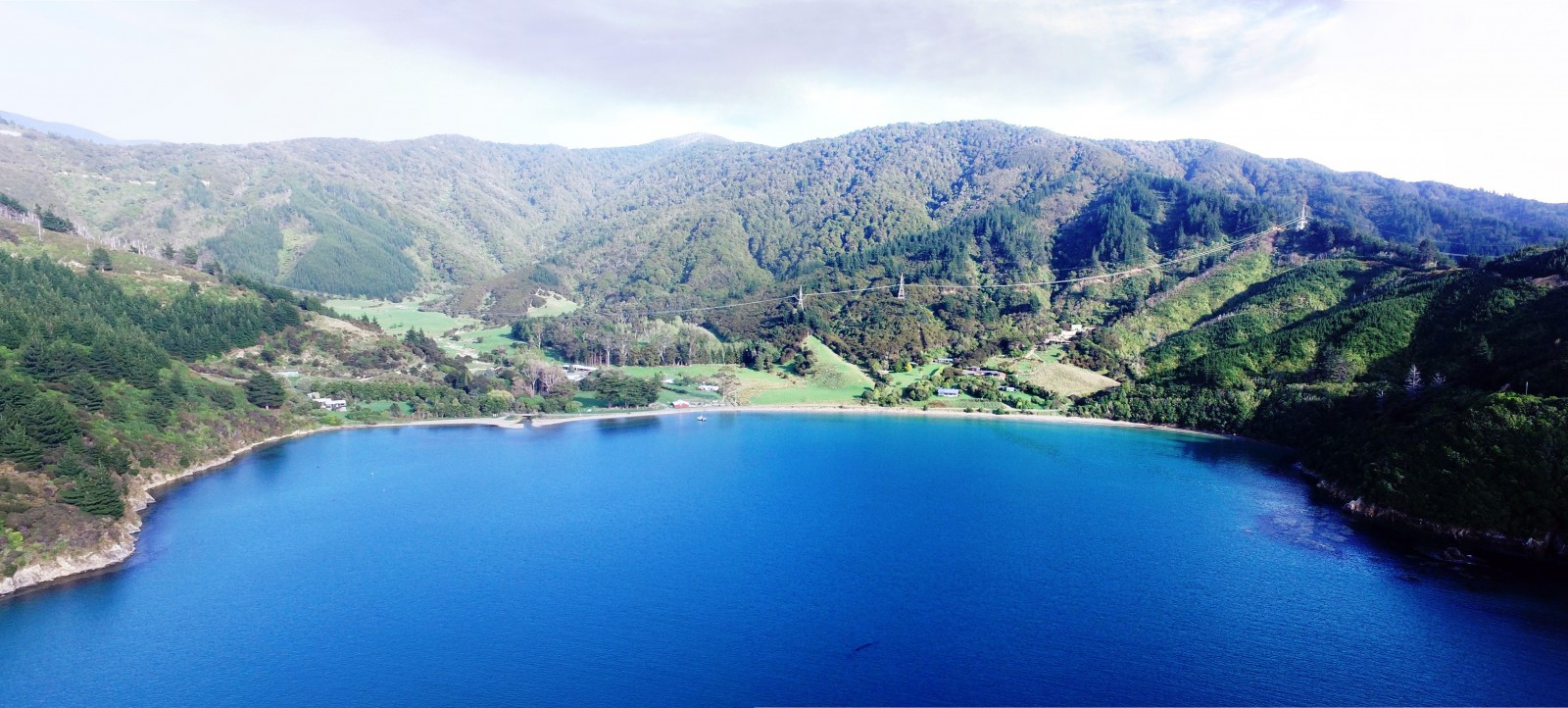Ocean Bay is the first bay in Port Underwood where the open ocean can be seen.
The origins of its Māori name, Ohienga, are unknown, although it may be a phonetic translation of the English word, ocean.1
The bay was also referred to as Fergusons Cove during the early nineteenth century after a whaler who operated one of the two whaling stations in the bay.2
The bay has a long history of Māori occupation. An archaeological survey undertaken in the 1970s discovered a cluster of three large pits, probably the remains of a hut.3
Local iwi, Rangitane o Wairau had a settlement in the bay that was taken over by Ngāti Toa, by right of conquest, in 1829.
From the 1830s whalers started to arrive and paid Ngāti Toa with tobacco and muskets to establish their stations in the bay.
In 1839 the New Zealand Company ship, the Tory, visited the bay and the naturalist on board, Dieffenbach, reported that bay contained two shore whaling stations. According to Dieffenbach, 30 Pakehā, people of non-Maori decent and 100 Māori were employed and living in the bay.4
Several notable characters are associated with the bay, including the whaler and farmer Michael Aldridge (1820-1901). Michael Aldridge was born in England. He left home at the age of 15 and went to America where in 1838 he joined a whaling ship and set sail for New Zealand. Settling in Port Underwood he is credited with having caught 21 whales in one season.
Aldridge was also a translator, or what was commonly referred to as a ‘tonguer’ and would act as a go-between for Māori and the captains of whaling ships. As payment for his services he was given the whales’ tongues for butchering.5
Aldridge assisted in the burial of victims from the Wairau Affray in 1843 and also aided some members of Ngāti Toa to reach Wellington, providing refuge on board the vessel, Victoria.
Aldridge had two marriages. His first to Pari, with whom he had five children. His second marriage was to Takaroa Makutu, with whom he had eight children.
In 1850 Aldridge gave up the life of a whaler and began farming 800 acres in the bay with his son, John.6
Another resident in the bay was Ann Boyce, née Cave (1827-1914) who was a renowned herbalist. Born in Sydney in 1827, she arrived in Port Underwood in 1830s with her parents.
Ann and her sister were educated at home and Ann apparently acquired considerable knowledge of farming and te reo Māori.
Ann married William Boyce, a sea captain in 1842 and they settled in Ocean Bay where the first of their 12 children was born.
In later life, Ann was known for her skill with herbs and treated local people in both the Marlborough and Tasman regions.7
From 1909 to 1924 the Ocean Bay School was operational in the bay. The school was run by Reverend John and Alice Crump, missionaries who bought land in the bay in 1905.
While the Crumps initially established the school to educate their own children, within two years the school had a roll of 50.
The school was renowned for its high quality educational standards and its adherence to an outdoor educational programme where students were encouraged to explore the bay and surrounding area extensively.
The school was an aided school which meant that the Education Board paid half the wages of the teaching and domestic staff. The remaining staff salaries and building costs were met by the Crumps.
By 1924 the establishment of the New Zealand Correspondence School meant the demand for boarding schools within New Zealand decreased and the Ocean Bay School closed. By this time the school buildings consisted of a two storey classroom and dormitory building.8
John Crump, Ocean Bay, by William H. Bartlett. Gift of the Guard Family, 1993.
Image courtesy of Te Papa (Reference: O.003707).

The small bay between Ocean Bay and Kakapo Bay is known as Waipuna Bay or Skulkers Bay.
Waipuna means spring in Māori.
The name, Skulkers Bay was given by whaler John Guard because when his men were sent out to spot whales they sometimes pulled in here and wasted their time away.
In the 1830s it is said the rata trees that grew on the ridge above bay provided timber for Guard’s ship-building operations at Kākāpo Bay.9
1. Nelson Historical Society, “Tua Marina and Port Underwood”, Nelson Historical Society Journal, Volume 3, Issue 1, (1974), accessed February 5, 2019, http://nzetc.victoria.ac.nz/tm/scholarly/tei-NHSJ03_01-t1-body1-d6.html .
2. James R. Eyles, Place Names of Port Underwood - a post European History (Picton: October Enterprises, 2002) 16.
3. Michael M Trotter, Port Underwood Archaeological Survey (Christchurch: Canterbury Museum, 1976) 10.
4. Loreen Brehaut, The Bays of Port Underwood (Picton: Picton Historical Society, 2012) 4.
5. Brehaut, ‘Bays of Port Underwood’, 6.
6. Eyles, ‘Place Names of Port Underwood’, 16.
7. Katherine W. Orr, “Boyce, Ann”, Dictionary of New Zealand Biography, Te Ara - the Encyclopedia of New Zealand, accessed, February 5, 2019, https://teara.govt.nz/en/biographies/1b28/boyce-ann .
8. Jonathan Harlen, The School at Ocean Bay (Queen Charlotte Sound: Cape Catley, 1987) 11, 23.
9. Eyles, ‘Place Names of Port Underwood’, 16.







